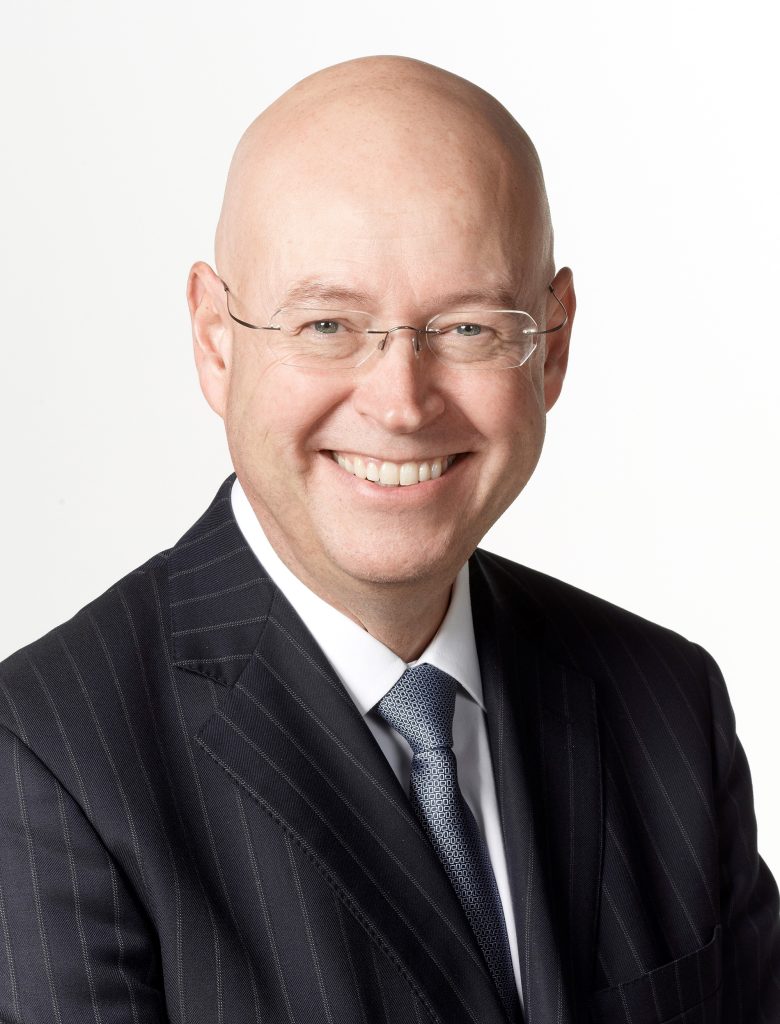Of scales and trends
I’m a fan of macro figures, so the ignorance of others about the right scale of things is sometimes frustrating. For example, for some it is difficult to separate one million from one billion. On the other hand, the Americans do not make life easy by using the term billion for our milliard, and trillion for our billion. However, focusing on the linguistic nuances of numbers is not the real point here; my interest in macro figures is.
Which is why the 98-page The Pharma 1000 – Top Global Pharmaceutical Company Report by Torreya Partners, published in November 2021, was interesting to read. Torreya Partners is a global investment bank focused on the pharmaceutical industry. I still receive their reports, thanks to our previous collaborations. Nice – our collaboration, as fruitful as it was, was far from being just some cheap fun.
The report confirms that the pharma industry remains a major player and an ever-growing part of the global economy. According to Torreya’s calculations, revenue in the ethicals sector (prescription medicines) in 2021 reached $1.44 trillion (that is, $1.44 thousand billion…) and grew by 16 per cent from last year. This figure is the sum of net sales from the 2,300 largest pharmaceutical companies. In addition to turnover, value is also estimated to have increased. In fact, from 2003 to 2021, the value of the pharma industry has tripled to around USD 7 trillion.
What would be the equivalent of this? What can it be compared to? If the turnover of the pharma industry were compared to the GDP of the world’s largest countries, the pharma industry would be the 13th largest country in the world.
Finland’s entire GDP in 2020 was €237.5 billion, which means that the size of the world’s pharmaceutical trade is about five times higher than this.
Since 2003, the market share of companies selling oral small molecule drugs has decreased from around 85% to 58% in 2021. You would think that today the market share of biologics would be higher than the proposed market share of around 30%, but generics (out-of-patent drugs) are still mostly small molecules, i.e. tablet-type medication. The biggest increase has occurred in RNA and DNA medicines (gene therapy) and vaccines, which is partly due to the COVID-19 pandemic. New forms of therapy, such as gene and cell therapy and gene editing, have increased very rapidly in recent years, but are still very small compared to the whole industry.
What about regional differences? As for the biotechnology industry, the Boston area and the San Francisco Bay Area remain the two largest areas of activity. This year, for the first time, Boston just passed San Francisco-based life science companies with a market valuation of $88 billion against San Francisco’s $85 billion. In third place is San Diego, with Denmark holding the fourth place. Denmark?!
As recently as the early 2000s, there was not much difference between Finland and Denmark in the development rate of the biotech industry, but the difference has since grown at a dizzying pace. There are two Danish companies among the global top ten 10 biotechnology companies: Genmab (market cap $27.8 billion) and Ascendis Pharma ($8 billion). These valuations naturally pale when compared to global pharmaceutical giants, the five largest of which are Pfizer, Abbvie, Roche, Novo and Lilly with market caps between $289 billion and $252 billion (November 2021). Novo Nordisk is also hailing from Denmark, by the way.
I think that’s enough about numbers and figures for this time. But does the report contain anything that would be of special interest for the residents of Turku? Of the companies focused on women’s health care, Bayer remains the largest (i market cap $112 billion, the number one product in this area is the intrauterine device Mirena, developed in Turku. Mirena sales in 2021 amounted to €1.1 billion). In the second place is Organon (market cap $18.1 billion), which just acquired the Turku-based Forendo Pharma with a valuation of nearly €900 million. Forendo continues its operations in Turku as Organon’s only invention-phase research centre, which is a fantastic achievement. Hopefully, we will also get new entries in this sector and more such investments in Turku.
If we could finally get this long-awaited National Drug Development Centre up and running, the chances of Finland being mentioned in these reports would probably increase!

Timo Veromaa, Professor of Practice

1 Comments